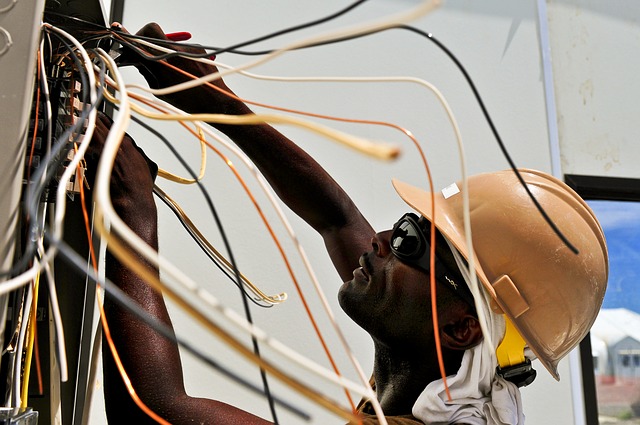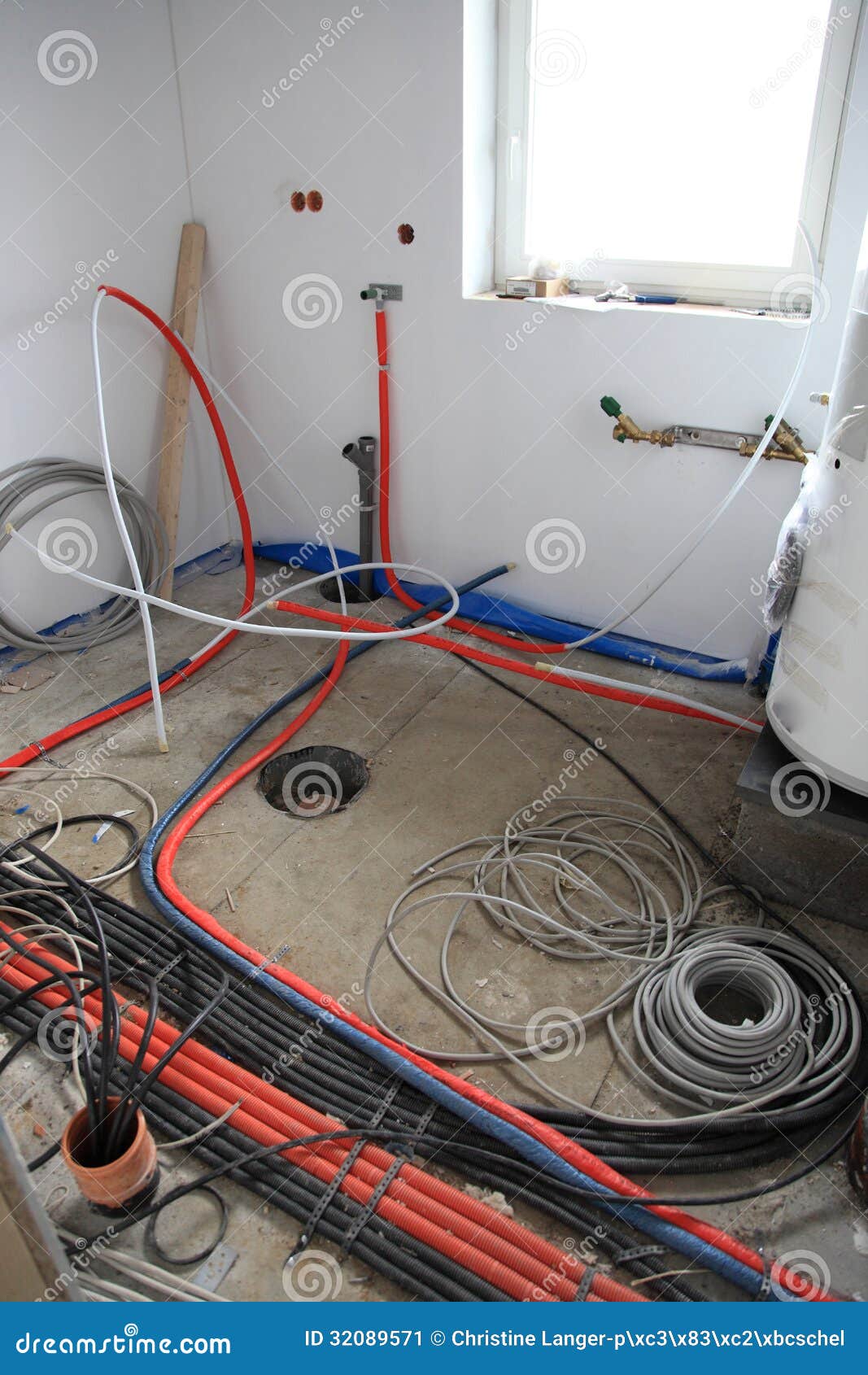Comprehensive Solutions from BRE Services for All Your Requirements
Comprehensive Solutions from BRE Services for All Your Requirements
Blog Article
The Ultimate Overview to Electric Setup: Tips and Techniques for a Safe and Effective Home Wiring System
In the world of home upkeep, few elements are as crucial yet typically forgotten as the electric wiring system. By checking out the subtleties of electric safety and security procedures and energy-saving practices, this detailed overview will certainly shed light on the complexities of home wiring, empowering individuals to take charge of their home's electric facilities.
Comprehending Electrical Safety Measures
To guarantee the safety and security of both individuals and home, understanding and applying appropriate electric safety procedures is paramount in any type of home wiring job. It is crucial to carry out a thorough assessment of the electric system before beginning any kind of wiring task to identify possible risks or problems that require to be attended to.
Furthermore, utilizing the ideal tools and tools is important for keeping safety throughout electric installments. Insulated gloves, voltage testers, and protective eyeglasses are a few of the fundamental safety and security equipment that need to be worn to avoid electrical shocks or mishaps. It is likewise crucial to de-energize circuits prior to functioning on them and to classify all circuits and breakers clearly to avoid complication.

Necessary Tools for Home Wiring
Making certain the proper execution of electric safety steps in home circuitry tasks includes utilizing a certain collection of crucial tools designed to help with the setup procedure properly and securely. Some of the key tools required for home wiring projects include a voltage tester for inspecting online cords, cord pole dancers for removing insulation from wires, a cable cutter for specifically reducing cables to size, a screwdriver established for securing electrical elements, electric tape for insulation and protecting links, a cable ripper for removing cable sheathing, and a multimeter for measuring voltage, present, and resistance.
Step-by-Step Electrical Installment Guide
Starting an electrical installment project calls for meticulous preparation and adherence to security guidelines. Prior to starting any job, guarantee you have an in-depth strategy describing the layout of the electric system, consisting of the placement of electrical outlets, switches, and fixtures. Take into consideration the power requirements of each tool to establish the appropriate wire scale and breaker dimensions.
The initial step in the installment procedure is to shut off the power supply to the area where you will certainly be working. Use a voltage tester to validate that the circuits are de-energized before touching any type of wires. Next off, carefully remove existing fixtures or electrical outlets and detach the wires.
When mounting new electrical wiring, run cables with walls and ceilings, protecting them in position with proper fittings. Comply with neighborhood building regulations and supplier directions for proper cord setup and connections. BRE Automation Australia. Ensure to label cords for very easy identification and future upkeep

Troubleshooting Common Circuitry Issues
Having completed the installation process as outlined in the previous subtopic, fixing common electrical wiring problems is a crucial skill for guaranteeing the security and functionality of your electrical system. One typical problem is a tripped circuit breaker, often triggered by overloaded circuits or a short circuit. To fix this, find the breaker panel, recognize the stumbled breaker by seeking the one not fully in the "on" setting, and reset it by turning it totally to "off" and afterwards back to "on." An additional widespread problem is a faulty electrical outlet, defined by no power or intermittent power supply. Ensure the electrical outlet is not managed by a switch, then use a voltage tester to check for power. If there is no power, transform off the circuit, inspect the circuitry links for any kind of loosened or broken official source wires, and change the outlet if needed. Constantly flickering lights can indicate loosened wiring links or an overloaded circuit. To address this, check and tighten up all wire links in the affected components and buttons and redistribute the lots on the circuit to balance the electrical need. Regularly evaluating and immediately resolving these typical wiring problems will preserve the safety and effectiveness of your home electrical system.
Tips for Energy-Efficient Electric Solutions
For optimum energy efficiency in electric systems, implementing smart techniques and utilizing energy-saving modern technologies is critical. One key pointer for find out this here attaining an energy-efficient electrical system is to upgrade to LED lights. LED bulbs take in dramatically less power than standard incandescent bulbs and have a longer life expectancy, making them a cost-efficient selection over time. In addition, setting up programmable thermostats can assist regulate heating and cooling down systems, lowering power waste when nobody is home. One more technique is to invest in energy-efficient appliances that are power STAR certified, ensuring they fulfill high criteria for energy efficiency. Appropriate insulation and sealing of windows, doors, and electric outlets can also prevent energy loss, eventually lowering the workload on electrical systems. Lastly, take into consideration including eco-friendly power resources like photovoltaic panels to additional decline dependence on conventional power grids. By including these energy-efficient pointers and innovations, homeowners can not just save money on their electricity bills but likewise minimize their ecological influence.
Conclusion
To conclude, implementing proper precaution, making use of necessary tools, following a detailed setup overview, fixing usual problems, and incorporating energy-efficient pointers are critical for a risk-free and effective home wiring system. By adhering to these methods, property owners can make sure the longevity and functionality of their electrical installations. It is essential to prioritize security and performance when it pertains to electric click resources operate in order to stop prospective hazards and to maintain a reputable electric system in the home.
Report this page